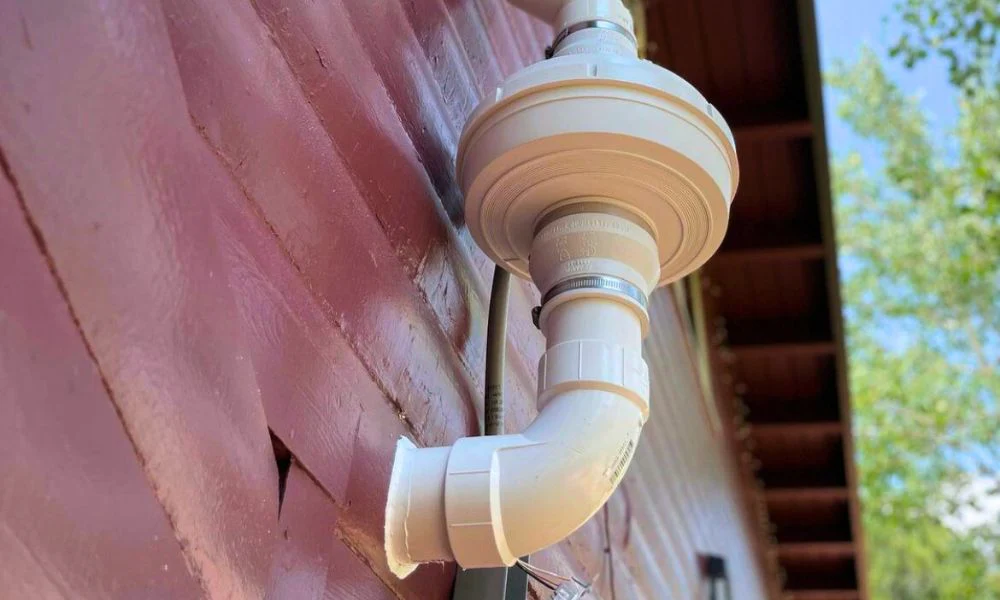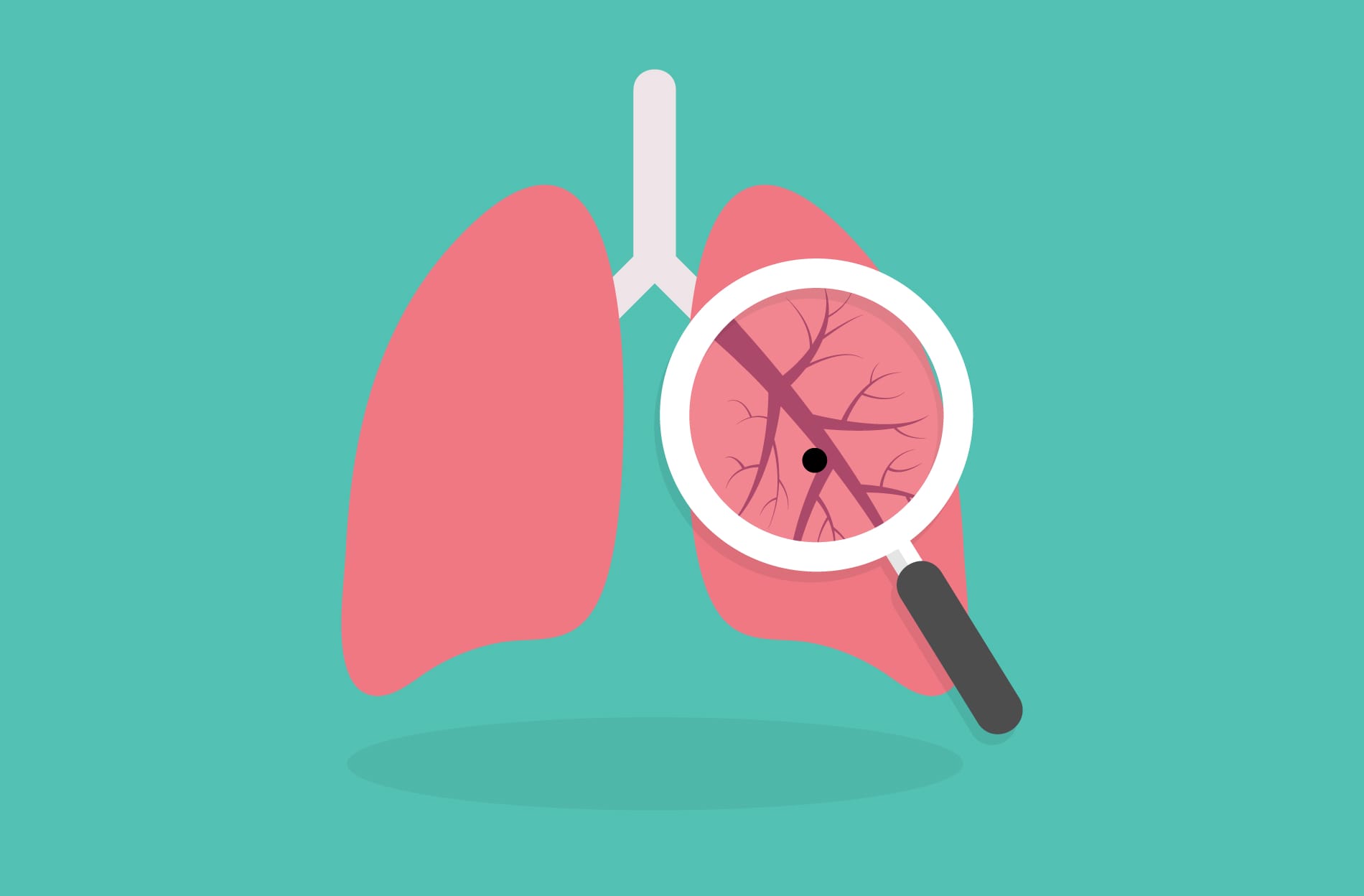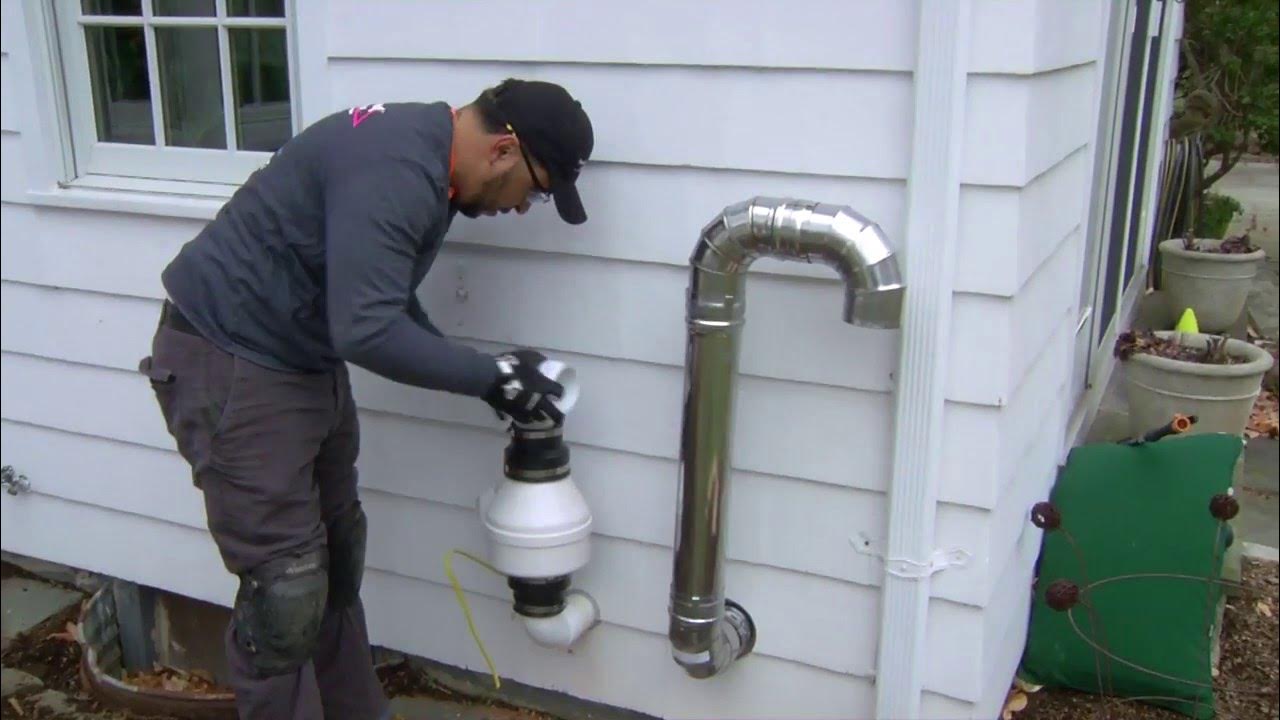Radon is a colorless, odorless radioactive gas that occurs naturally from the decay of uranium in soil and rocks. Exposure to high levels of radon over time can lead to serious health risks, including lung cancer. According to the Environmental Protection Agency (EPA), radon is the second leading cause of lung cancer in the United States. Therefore, mitigating radon levels in homes and buildings is crucial for ensuring a safe living environment.
Table of Contents
What Is Radon Mitigation?
The Need for Radon Mitigation
Radon mitigation refers to the process of reducing radon levels in the indoor air of a building. This is typically achieved through various techniques that prevent radon from entering or by reducing its concentration once it is inside. The goal is to lower radon levels to below the EPA action level of 4 picocuries per liter (pCi/L).
Common Radon Mitigation Methods
- Sub-slab Depressurization (SSD): This is the most common method, involving a vent pipe system and fan to draw radon from beneath the house and release it outside.
- Soil Suction: Similar to SSD, this method uses a fan and pipes to draw radon from the soil beneath the foundation.
- Sealing Cracks and Openings: While not a standalone method, sealing improves the effectiveness of other mitigation techniques by limiting radon entry points.
- House Pressurization: Adjusting the air pressure inside the home to prevent radon from entering.
- Heat Recovery Ventilator (HRV): An HRV can improve ventilation and help reduce radon levels by increasing the air exchange rate.
How Long Does Radon Mitigation Take to Work?
Initial Assessment and Installation
The duration for radon mitigation to start working can vary based on several factors:
- Size and Layout of the Building: Larger buildings or those with complex layouts may require more extensive mitigation systems.
- Type of Foundation: Different foundations (slab-on-grade, crawl spaces, basements) may necessitate different mitigation techniques.
- Initial Radon Levels: Higher radon levels might need more intensive mitigation efforts.
Typically, the installation process of a standard radon mitigation system can take anywhere from a few hours to a couple of days. This includes the initial assessment, installation of the system, and sealing of entry points.
Immediate Effects Post-Installation
Once the radon mitigation system is installed, it begins to work immediately. Most homeowners will see a significant reduction in radon levels within 24 hours. However, the full effectiveness can usually be measured after about 30 days. This period allows for the mitigation system to stabilize and for accurate radon testing to confirm the new levels.
Monitoring and Maintenance of Radon Mitigation Systems
Post-Installation Testing
After installing a radon mitigation system, it’s crucial to perform post-installation radon testing to ensure that the system effectively reduces radon levels. Initial testing is recommended within 24 hours to 30 days post-installation, followed by regular checks every two years or as advised by a radon professional.
Routine Maintenance
Radon mitigation systems require minimal maintenance but should be regularly checked to ensure they function correctly. This includes:
- Inspecting the Fan: The mitigation fan should be running continuously. Any unusual noise or a stopped fan needs immediate attention.
- Checking the Pipes: Ensure that the vent pipes are free from obstructions and leaks.
- Monitoring Radon Levels: Use a continuous radon monitor to keep track of radon levels and ensure they remain below the action level.
The Cost of Radon Mitigation
Factors Affecting Cost
The cost of radon mitigation varies based on several factors:
- Type of Mitigation System: More complex systems with multiple suction points or fans can increase costs.
- Home Size and Foundation Type: Larger homes or those with multiple foundation types may require more extensive systems.
- Geographic Location: Costs can vary based on local labor rates and material costs.
Average Cost Range
On average, homeowners can expect to pay between $800 to $2,500 for a professionally installed radon mitigation system. Despite the cost, investing in radon mitigation is a worthwhile expense for the safety and health of your household.
The Benefits of Radon Mitigation
Health Benefits
The primary benefit of radon mitigation is the reduction of lung cancer risk. By lowering radon levels, you significantly decrease the chance of radon-induced lung cancer.
Increased Home Value
Homes with a proven radon mitigation system can be more appealing to buyers, knowing that the property is safe from radon risks. This can enhance the market value of your home.
Peace of Mind
Knowing that your home has low radon levels provides peace of mind, ensuring a safe living environment for you and your family.
Conclusion
Radon mitigation is an essential process for reducing the health risks associated with radon exposure. The time it takes for mitigation to work can vary, but significant reductions in radon levels are typically seen within the first 24 hours post-installation. Regular monitoring and maintenance ensure the long-term effectiveness of the mitigation system, providing a safer home environment. Investing in radon mitigation not only protects your health but also adds value to your property, offering peace of mind for you and your loved ones.




